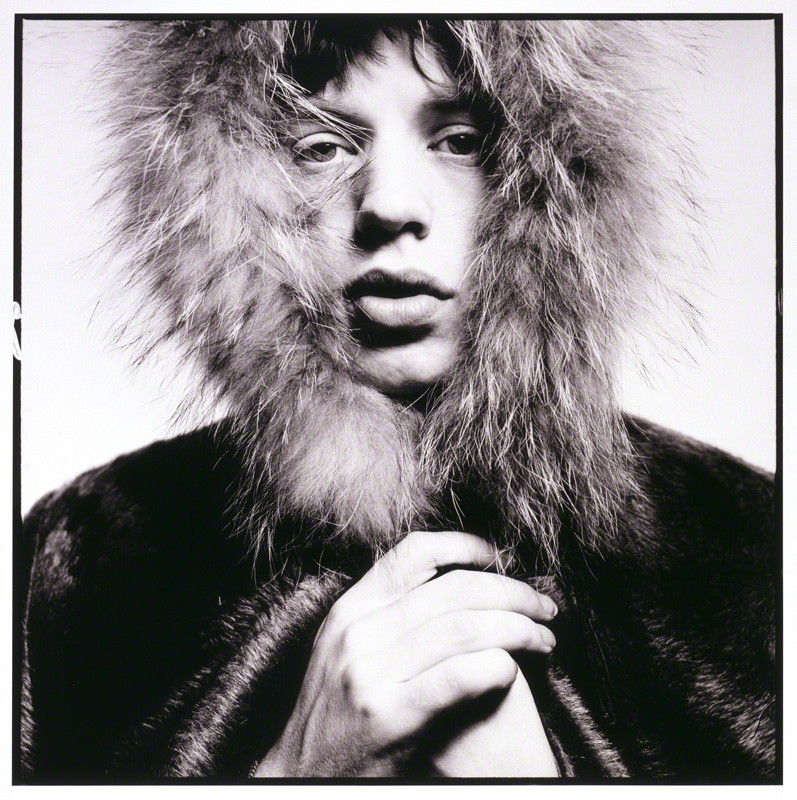
David Bailey’s show at the église Sainte-Anne is on tour from The Portrait Gallery in London. It’s a retrospective – a Greatest Hits if you like – titled Bailey’s Stardust. There is a lifetime’s worth of mug-shots of the famous in the pop, rock and art worlds, with a concentration of sixties stars running through it like the Milky Way. The Mod Squad, Celebs, as we’ve come to know and grow up with them. Like dowager aunts they get tedious at the end, they repeat themselves. I like the French term for this class: le vedettariate. They don’t age well – not many of us do – and Bailey’s look back often makes that point.
The show is arranged around the sides of the deconsecrated church, in alcoves that resemble side chapels. The hanging works. Photos of different sizes are grouped by theme. You get the feeling as you move from the famous photographers to the famous Stones, on round the side altars – East Enders, media celebrities, fashionistas, more Brit Pop, the inevitable Mandela – that you’re doing the stations of the modern cross, with Mick below as Veronica Wiping the Face of Jesus.
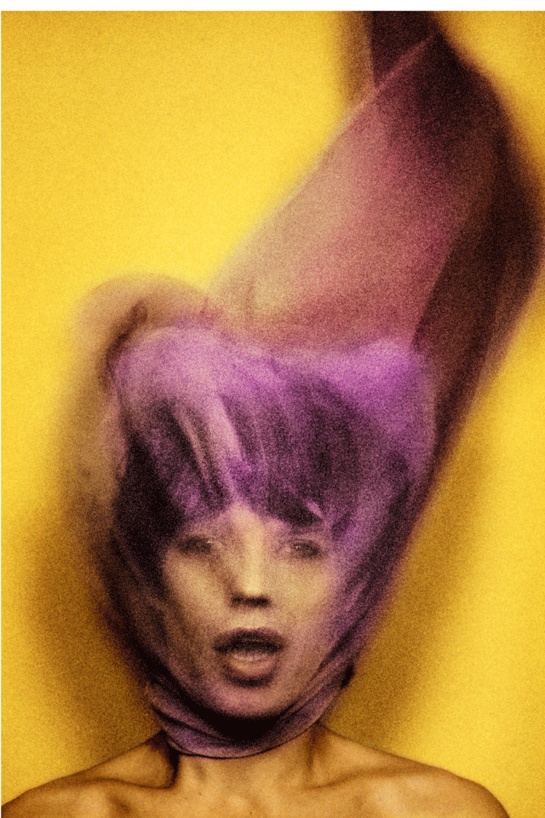
Here are the apostles – Stones, Beatles and Co. – with four or five miracle albums to their names, a decade in the limelight, and Great British Artist thereafter. Perhaps that’s the most we can hope for. Here’s the Garden of Gethsemane – London’s East End. There’s Vivienne Westwood – Jesus Meets his Mother.
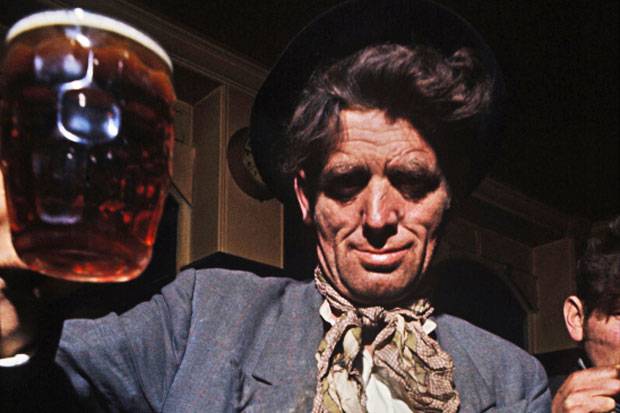
I liked the big prints of London’s East End decline, East End Coronation tat. There’s one portrait of a drinker with full lips, for once not pouting at the camera, and holding aloft a pint glass of beer. (Did people have fuller lips in the sixties or were they just more leery?) The snot-rag (no other word for it) round his neck is pure Dickensian. That East End lived on to the end of the Chatterly ban, kept alive, so to speak, by the Kray brothers (here too in this goons’ gallery) and rationing. The Kray brothers look suitably thuggish, clean-cut wide boys who could almost be on television in our age, walking us through the Blitzed ruins or teaching us how to make bubble and squeak.
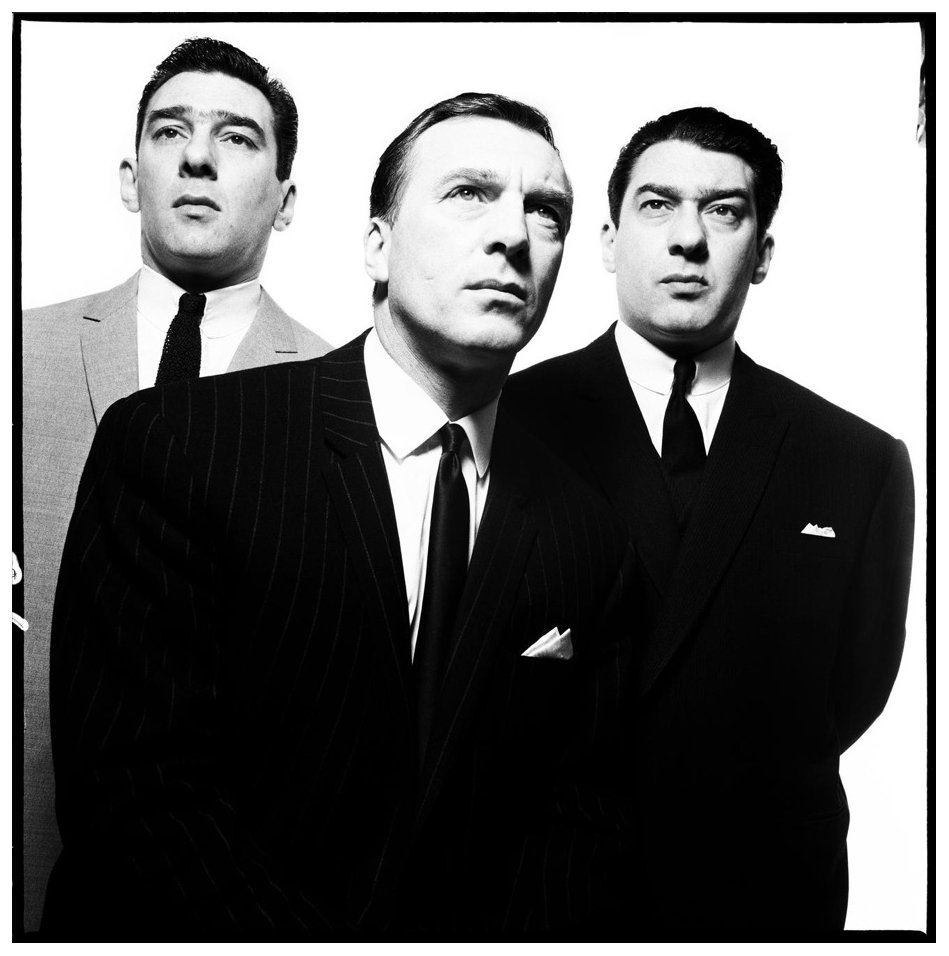
Are the Kray Brothers a band? A firm of accountants? A criminal consortium? One of my favourite lines from Dylan is: “Steal a little and they put you in jail, steal a lot and they make you king.” It makes renewed sense now after the financial crisis, and puts a bit of larceny and the Great British Train Robbery in the shade. The East End got tarted up, the kings – high finance – moved in. Iain Sinclair has chronicled this bring and buy of high finance in the eighties and nineties. I kept thinking about gentrification while walking around this show.
Who ever knew that Yoko Ono had good legs? – not the Japanese strong card, by and large. The rest of her I could take or leave, but here they are sheer for all to see.
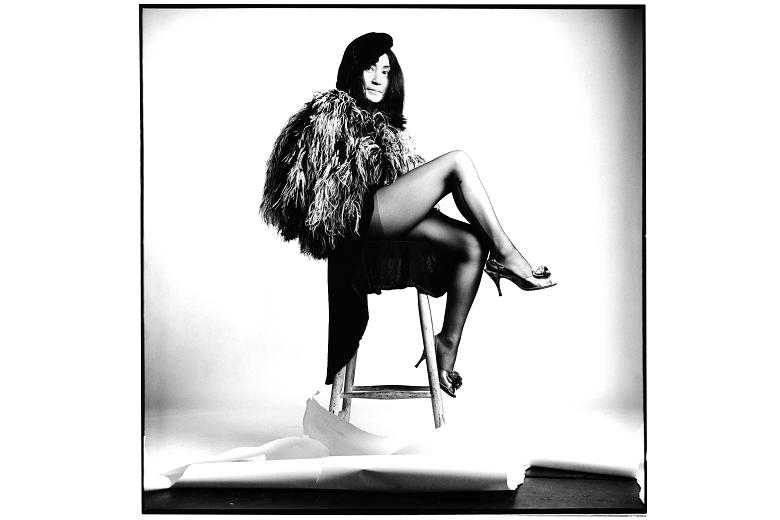
Patti Smith is no stranger to celebrity photographers. Her trademark dishevelled hair, wanton-waifish looks and crucifix in the cleavage grow tired on me. Her Horses was one of the wake-up albums of the summer of punk, 1977 – I took it to the Sahara desert and played it to the bedouin. The triteness of the iconography in some of the photos began to wear. Rock celebs begin to look like attitudinising saints showing off stigmata on a rococo ceiling.
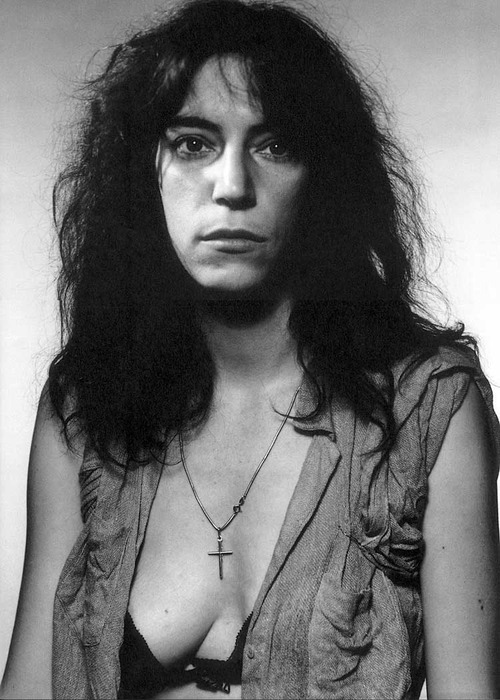
The portrait of Dylan seems nonplussed. Like the Queen (Her Majesty is missing from the show but we get Queen instead.) he always looks bigger, more imposing than he actually is. Short people do that – they muscle up to the camera. Legs splayed, Davy Crockett jacket, cowboy-outlaw costuming, piercing eyes – 1986. About the time of Desire, Durango, all that south of the border nonsense. When American rock stars reach for roots it’s usually some form of cowboy myth. When Londoners do it you get the Kray twins. The skin on the right hand side of his face has already gone parchment-like.
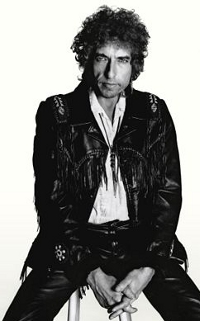
Alice Cooper with her snake and what looks like a caesarian scar on a very hairy mid-riff. Who ever knew that Andy Warhol had such a porous nose and pitted skin? Smallpox in that Andrej Varhola Pittsburg childhood. Or that the Rolling Stones are so phenomenally ugly? There seems to be always some feature not quite in proportion, pouting at you.
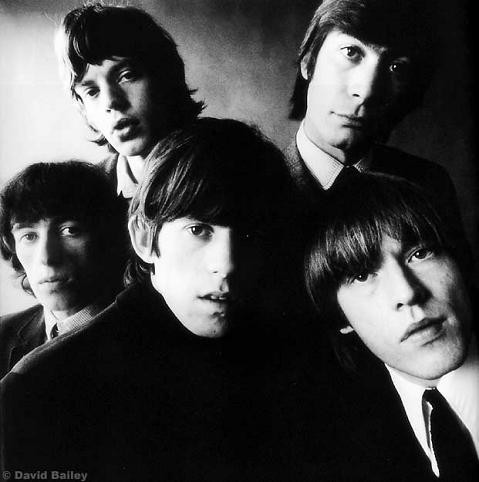
Bailey has taken such cliches of them – anything to avoid the word iconic – we forget the wrinkly futures of us all. But there is a good deal of wrinkly here nonetheless, to the point where I thought the human animal is not a pretty sight. Vivienne Westwood – Ho! -, Marianne Faithful et al. Frights the lot of them! Frights in fancy threads.
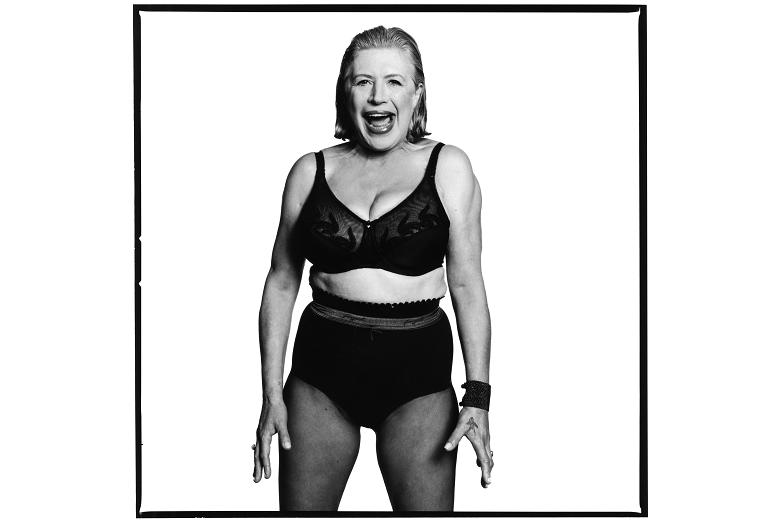
Models with rubber dollies. Models looking sultry. Pouting models. The glam look of old Roxy album covers. The English ageing female seems to turn into a cross between Matron and a dominatrix in a Soho doorway.
On the high altar are six almost life-size nudes from 2004, arranged where the choir stalls would be. Ninette Finch, Bernd Kho, Belinda Selby, assorted actors, media people and models. Three memento mori from 2009 – a skull with blue roses, a skull with some sort of thistle, a skull with gourds – almost had me genuflecting and crossing myself.
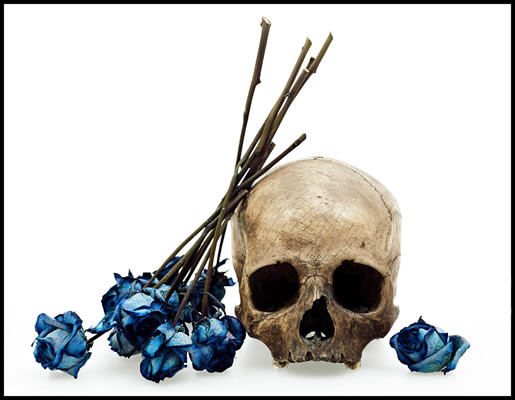
This is Bailey being profound. While you could say that the photographer is making a comment about the transience of all things – with no resurrection in sight – it struck me as mostly album covers and fashion shoots for the glossies done large.
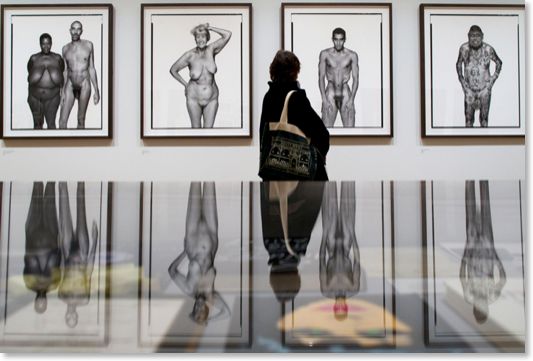
Bailey prefers the pure white background and a close view, tattoos, piercings and all. We came to the chapel of the fashion designers – Ecce Homo – Karl Lagerfeld’s pre-Ludwig look, captured in front of his French château. John Galiano, half flying through the air, looks like a cross between a falling angel and a pirate from Penzance. Cecil Beaton mincing again, cosying up to the beautiful Rudolf Nureyev in 1965.
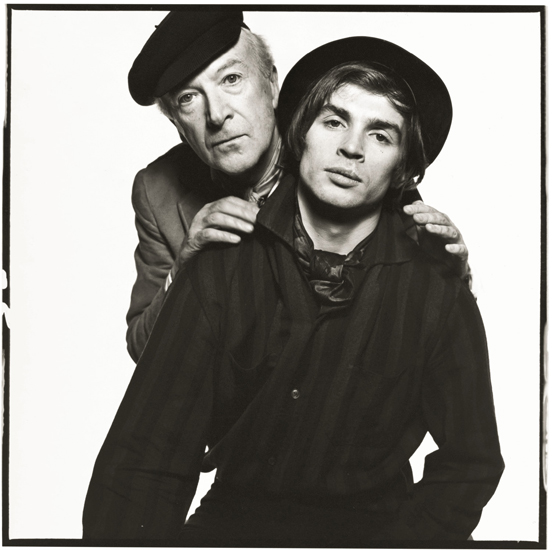
David Bailey is the Cecil Beaton of our age. Beaton did the bright young things and the royals, the shits in the shuttered châteaux – Willy Maugham, the Duke and Duchess, Noel Coward. The comparison highlights the uncertain status of this kind of celebrity photography. Would you look at them twice if they weren’t famous? Or dead famous?
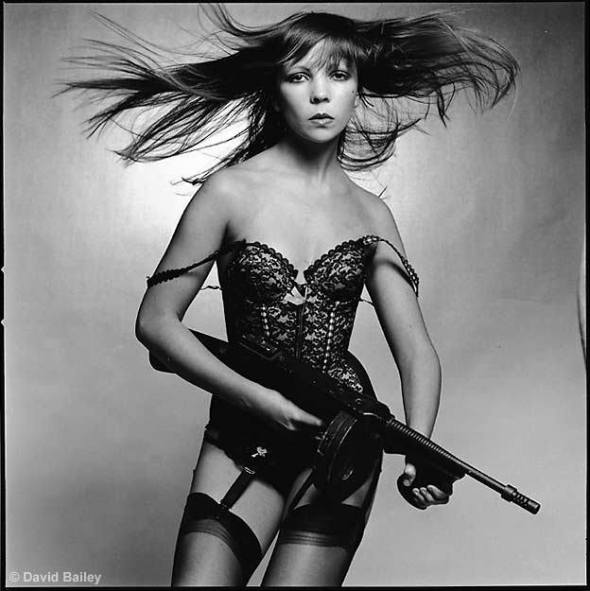
These are the goons. This is our goon show. Assorted minstrels at the court of Elizabeth. Sundry nancy boys in the high-end rag trade, thread merchants. Scene shifters. Already the bloom is off them. The women look as though they’ve tagged along an eternity. They’re past their first youth. They have the pouty attitudinising, the puckered lips of adolescents who know what’s what, and how much it costs. The lines are on their faces as they sing of small foreign wars and falling stars. They crooned and shot and painted their way out of rationing into the bunga-bunga years, the long decades of post-war peace in our time. Sic transit gloria mundi.

